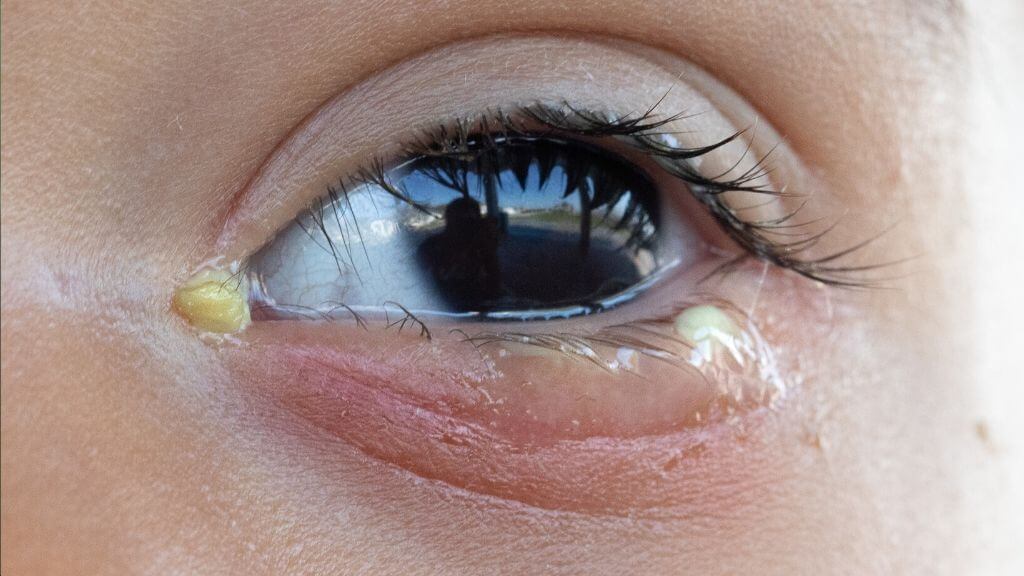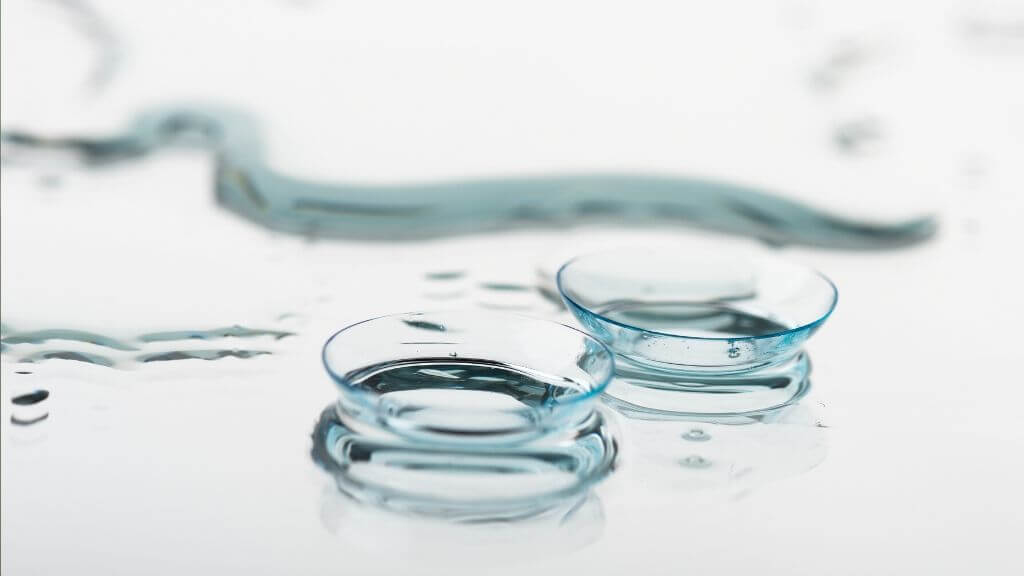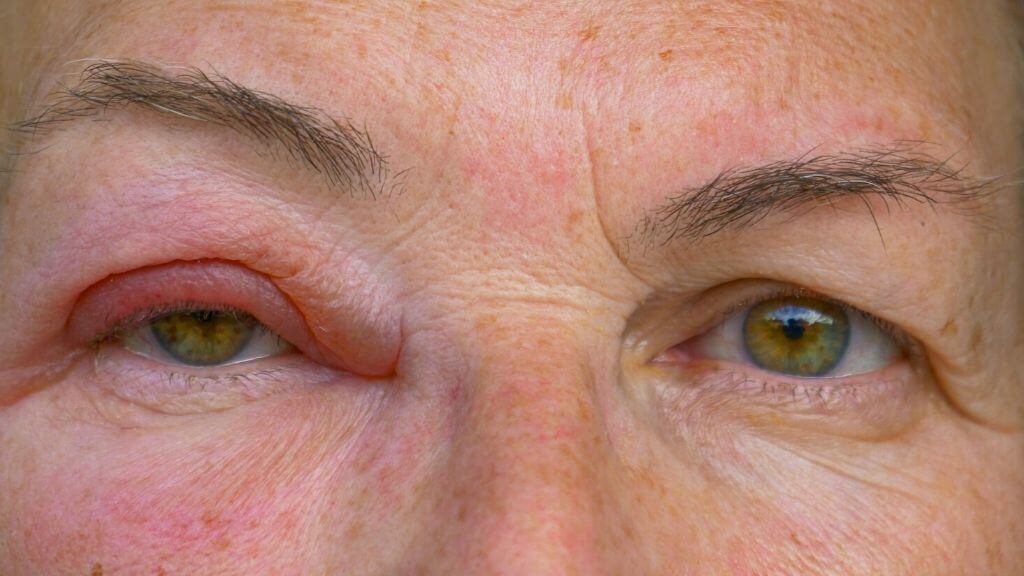Eye discharge is a combination of oil, mucus, skin cells, and other debris that collect in your eye. This buildup is not always a cause for concern and may not reappear after you wash it away.
Sometimes eye discharge that does not go away can be a problem. It can be a symptom of an underlying infection or condition. Without treatment, you could be at risk for serious eye disease and vision loss.
What Is Eye Discharge?
Eye discharge, also known as rheum, is a natural function of the film in your eye. It is a necessary component of good eye health.
This discharge consists of watery mucus that is produced by the conjunctiva, a membrane that protects the front of your eye. It also contains meibum, which is an oily substance secreted by the meibomian glands to lubricate the eyes. Occasionally, skin cells and debris can become integrated into the buildup as well.
Symptoms of Eye Discharge
Normal eye discharge can accumulate during the night as you sleep. It is not uncommon to wake in the morning with discharge in the corner of your eyes, or the feeling that your eyes are glued together. This occurs as your eye tries to remove small particles that got in during the day.
The appearance of the eye discharge can tell you about the possible cause.
♦ Yellow discharge: A common sign of a stye when accompanied by a small node on the eyelid
♦ Green or gray discharge: Signifies a bacterial infection
♦ White discharge: This can be normal overnight discharge or indicate a problem with the tear drainage system
♦ Stringy, white discharge: Caused by allergic conjunctivitis
♦ Water discharge: Caused by viral conjunctivitis
♦ Dry particles of discharge: A common symptom of dry eyes

Causes of Eye Discharge
Beyond the normal discharge that appears as you sleep, there are a number of causes for eye discharge. In most cases, these conditions can be successfully treated with prescription eye drops or medications.
♦ Allergies: Seasonal, and other allergies, can trigger an inflammatory response that affects the eyes. In reaction to this, your eye will tear more frequently, causing a watery discharge.
♦ Foreign object: When a small particle or piece of debris enters the eye, it produces mucus to wash the object out. This is the most common cause of discharge that is present when you wake in the morning.
♦ Injury: As part of the eye’s protective measures, a scratch to the cornea causes the eye to naturally water. This discharge can accumulate in the corners of your eye but will easily wash away.
♦ Contact lenses: When contact lenses are not disinfected, they can cause an infection or irritation to the eye.
♦ Dry eyes: This is a condition where the eye is not adequately lubricated. Dry eyes can cause redness and inflammation, and sometimes watery discharge.
Conditions Associated with Eye Discharge
Eye discharge can also be caused by an underlying condition or infection. Eye discharge, in these cases, will result in mucus that is a different color or consistency than the normal white discharge. Common causes for abnormal eye discharge include:
♦ Conjunctivitis: Also called pink eye, conjunctivitis is an infection of the eye. It is the most common cause of abnormal eye discharge. The conjunctiva is the thin membrane that lines the inner lid and the white of the eye. A bacterial or viral infection causes this membrane to become inflamed. It causes a discharge to build up along the eyelids that can seal your eyes shut as you sleep. Viral conjunctivitis is highly contagious, and the discharge will be more watery than that of bacterial conjunctivitis.
♦ Corneal ulcer: A corneal ulcer is an abscess that develops after an injury or untreated infection. Without treatment, corneal ulcers can impair vision. Along with pain and swollen eyelids, you will have thick eye discharge. The discharge can become so thick that it clouds the cornea and impairs vision.
♦ Cataracts: Cataracts are caused by cloudy lenses. In addition to cloudy spots, you can temporarily develop discharge from the eye. Cataracts need to be removed surgically, and once removed, a discharge will be cleared.
♦ Dacryocystitis: When a tear duct becomes blocked, part of the tear drainage system (lacrimal sac) becomes inflamed. A tender bump can form under the eyelid, and a sticky discharge develops that can blur vision.

Bacterial Infections and Eye Discharge
Bacterial infections are commonly known to cause eye discharge. Bacterial conjunctivitis is the most common, but there are additional infections that cause the formation of excess eye mucus.
When you have a bacterial infection, you may notice the following symptoms in addition to discharge:
♦ Puffy or swollen eyelids
♦ Excessive tearing
♦ Whites of the eye will be pink
♦ Light sensitivity
Bacterial keratitis is also caused by a bacterial infection. Specifically, the Staphylococcus aureus and Pseudomonas aeruginosa bacteria cause this condition. The cornea becomes infected, and without treatment, this can lead to blindness.
Acanthamoeba keratitis is also caused by bacteria. Contact lenses that are not properly disinfected can cause this infection. You can also get Acanthamoeba keratitis when you wear your contact lenses while swimming. Without treatment, this condition also leads to blindness.
Blepharitis is the inflammation of eyelash hair follicles as a result of bacterial infection. The meibomian glands at the inner edge of the eyelids produce excess oils. These oils create a yellow or green discharge that can crust over the eyelid.
Eye Discharge Treatment
Treatment for eye discharge largely depends on the cause. Most causes of eye discharge can be cleared up with medications. Your doctor will conduct a full eye examination to determine the cause and prescribe treatment accordingly.
Eye drops, anti-inflammatory medications, antibiotics, and corticosteroids are common treatment options. Antihistamines are used when allergies are the cause of eye discharge.
In addition to this, there are things you can try at home to manage eye discharge.
♦ Refrain from touching your eyes to avoid spreading infection.
♦ Wash your hands frequently.
♦ If you experience eye discharge when wearing contacts, remove your lenses and see your eye doctor.
♦ Discard any potentially contaminated cosmetics, such as mascara and eyeliner.
♦ When allergies are the cause of your eye discharge, remove possible irritants.
Natural Treatment for Eye Discharge
In addition to medical treatment, you can include natural ingredients in the treatment and prevention of eye disease.
Many eye conditions can cause eye discharge, but the key to treating them is to treat the underlying cause. Infections are the most common reason for eye discharge, and the natural ingredients below will help treat these.
♦ OptiLut® is a patented formula containing lutein and zeaxanthin. These carotenoids are two of the best nutrients for eyes. Blue light damage to the retina is a top cause of eye diseases that cause discharge. OptiLut® protects against this damage and promotes eye health.
♦ Tocopherols are the most potent form of vitamin E, and therefore, the best for eye health. As a powerful antioxidant, these plant compounds prevent damage and stimulate the production of natural eye enzymes. Tocopherols are linked to a reduced risk of diseases such as cataracts that also cause discharge.
♦ Astaxanthin is a compound found naturally in seafood and is more potent than vitamin E. It has specifically been shown to protect against blue light damage. As part of a regular eye health routine, astaxanthin protects your eyes from age-related and macular problems.
♦ Lycopene is another antioxidant to protect your eyes. Proven to reduce the risk of oxidative stress and age-related conditions, lycopene boosts eye health.

When to See Your Doctor
If you notice any additional symptoms along with eye discharge, you should seek immediate medical attention. Make an appointment with your doctor right away if you have eye discharge that is not going away or if you’re experiencing any of the following:
♦ Severe eye pain
♦ Blurred vision
♦ A temperature over 104 degrees
♦ Swollen or red eyelid
♦ Blood and discharge in your eye
Eye discharge is not always a cause for concern, but it can be both unsightly and uncomfortable. The discharge itself is not a threat to your vision, but it may be a symptom of a condition that is.
Bacterial infections can be successfully treated when caught early. In cases where an underlying disease is to blame, treatment needs to start right away too.






